In the realm of modern wound care, advancements in materials and technology have significantly improved healing outcomes. Among these innovations, non woven dressing stands out as a versatile and widely used option. Yet, for many, the term “non woven dressing meaning” might still be a bit unclear. Most importantly, understanding what is a non woven dressing and how it differs from traditional materials is crucial for making informed choices in wound management.
At Favourite Fab, we pride ourselves on our expertise in manufacturing high-quality medical dressing. Because we believe in empowering our audience with comprehensive knowledge, we’ve created this detailed guide. Therefore, you can gain a deeper understanding of non-woven technology and its profound impact on effective wound care.

Get Free Sample Kit Of Our Fabric At Your Door Step
- Online Order
- Door Delivery
- 1-Click Quotation
Non Woven Dressing Meaning: Unpacking the Definition
What does non-woven dressing mean?
At its core, a non woven dressing is a type of fabric that is not made by weaving or knitting threads together. Instead, its fibers are bonded to each other through various mechanical, thermal, or chemical processes. Think of it like a felt or paper-like material, where individual fibers are laid out in a web and then permanently joined to form a cohesive sheet. This distinct manufacturing process gives non woven dressing unique characteristics that set it apart from traditional woven gauze.
What are Non Woven Dressings Made Of?
The composition of non woven dressing can vary, but they are most commonly made from synthetic fibers or a blend of natural and synthetic materials. The most prevalent blend used in non woven medical dressing is a rayon/polyester blend.
- Polyester provides strength, durability, and resilience.
- Rayon contributes to softness and absorbency.
This combination results in a material that is both soft to the touch and effective in absorbing fluids, making it ideal for direct contact with wounds.
Non Woven vs. Woven Gauze: A Fundamental Difference
The most common comparison in wound care is between non woven vs woven gauze. Understanding the difference between woven and non woven dressing is key to choosing the right product.
- Woven Gauze: Traditional gauze is made by interlacing cotton or synthetic threads in a crisscross pattern, creating a fabric with an open, mesh-like structure. While breathable, this structure can lead to fraying and linting.
- Non Woven Dressing: As discussed, these are made from bonded fibers. This results in a much smoother, more uniform, and denser material.
Here’s a breakdown of the key differentiators:
| Feature | Non Woven Dressing | Woven Gauze |
| Linting | Low-lint non woven pads, virtually lint-free | Prone to shedding lint and fibers |
| Absorbency | Often absorbent non woven dressing, wicks vertically | Absorbs well but fluid may spread laterally |
| Softness | Generally softer and smoother | Can feel coarser or rougher |
| Conformability | Highly conformable to body contours | Less conformable, can feel bulky |
| Strength/Durability | Stronger, resists tearing and fraying | Can fray easily, less durable when wet |
| Adherence | Tends to be less adherent to wound bed | Can adhere to wound bed, causing trauma |
Export to Sheets
Are non woven dressings better than gauze?
For many modern wound care applications, particularly for delicate wounds, surgical incisions, and sensitive skin, non woven dressing is often considered superior due to its lint-free nature, increased absorbency, and softer feel. However, woven gauze still has its place for packing certain wounds or for more general cleaning tasks where linting is less of a concern. The choice ultimately depends on the specific wound and clinical needs.
Common Forms of Non-Woven Dressings & Their Uses
The versatility of non-woven material means it comes in various forms, each suited for specific non woven dressing uses and non woven wound care:
- Non Woven Swabs / Non Woven Pads / Non Woven Gauze: These are basic square or rectangular pads used for a multitude of tasks.
- When to use a non woven swab? They are ideal for cleaning wounds, applying antiseptics, absorbing light exudate, or as a cushioning layer under bandages. Their low-lint non woven pads are preferred for cleaning delicate areas, preventing fiber contamination.
- Sterile non woven dressing is used for open wounds, post-surgical sites, and any application where infection prevention is paramount. Non-sterile non woven swabs are suitable for general cleaning of intact skin or surfaces.
- Absorbent Non Woven Dressing: These dressings are specifically designed for managing fluid. Their structure allows them to quickly draw away and retain wound exudate, promoting a drier wound environment which aids healing.
- Soft Non Woven Dressing: Emphasizes comfort. These are particularly beneficial for patients with sensitive or fragile skin, reducing irritation and pressure.
- Disposable Medical Dressing: As the name suggests, most non woven dressing products are single-use, promoting hygiene and preventing cross-contamination.
Benefits of Non Woven Wound Dressings: Why They Excel
The unique properties of non-woven materials translate into significant advantages for wound care:
- Reduced Linting: This is a major benefit, especially for surgical or sensitive wounds, as loose fibers can cause irritation, infection, or interfere with healing.
- Enhanced Absorbency: Many non woven dressing options are designed to be highly absorbent, effectively wicking away exudate from the wound bed. Are non woven dressings absorbent? Absolutely, due to their dense structure.
- Gentle on Skin: Their soft, smooth texture and conformability make them comfortable for patients, reducing friction and pressure on the wound and surrounding skin. This is especially true for soft non woven dressing.
- Conformability: They easily conform to various body contours, ensuring a better fit and more effective protection, particularly around joints or irregular shapes.
- Breathability: While absorbent, many non-woven materials are also breathable, allowing air exchange crucial for skin health and preventing maceration.
- Durability: They tend to be stronger and more tear-resistant than woven gauze, maintaining their integrity even when wet.
- Cost-Effectiveness (Long Term): While the initial cost per unit might be slightly higher than woven gauze, their superior performance often leads to fewer dressing changes, less trauma during removal, and potentially faster healing, resulting in overall savings.
How to Apply Non Woven Dressing
How to apply non woven dressing?
Applying a non woven dressing for wounds correctly is vital for its effectiveness:
- Clean Hands: Always begin by washing your hands thoroughly with soap and water or using an alcohol-based hand sanitizer.
- Clean the Wound: Gently cleanse the wound area with saline solution or a prescribed wound cleanser. Use a fresh non woven swab or non woven pads for this step. Pat the surrounding skin dry.
- Select Dressing: Choose a sterile non woven dressing of an appropriate size that extends beyond the wound edges by at least 1-2 cm.
- Apply Dressing: Carefully place the non woven dressing directly over the wound. Avoid touching the central pad.
- Secure: If it’s a non-adhesive dressing, secure it with medical tape, a bandage wrap, or an adhesive film. If it’s an adhesive non-woven dressing (like an island dressing), press the adhesive border firmly onto the clean, dry skin.
- Frequency: Follow your healthcare provider’s instructions on when to change the dressing.
Can you cut non woven dressings?
Yes, you can generally cut non-woven dressings to customize their size and shape, especially non-adhesive types. Use clean, sharp scissors to ensure a precise cut and minimize any potential fraying, though non-woven materials are less prone to this than woven ones. For sterile applications, cutting a sterile dressing outside of a sterile field may compromise its sterility, so pre-sized sterile options are often preferred.
Favourite Fab: Your Authority in Non-Woven Medical Solutions
At Favourite Fab, we are at the forefront of non woven medical dressing manufacturing. We understand the critical importance of reliable, high-quality wound care products. Our commitment to innovation, stringent quality control, and efficient production establishes us as a trusted name in the industry. We ensure our disposable medical dressing products meet the highest standards, including certifications where applicable.
We provide a wide range of non woven dressing solutions, from non woven pads for cleaning to absorbent non woven dressing for wound coverage. When you choose Favourite Fab, you are choosing a partner dedicated to excellence in every product we deliver. We aim to make it easy for you to buy non woven dressings that you can trust.
Related Keywords & Deeper Understanding of Non-Woven
Exploring Non woven fabric examples helps us understand the vast applications of this material beyond medical dressings. These include wipes, tea bags, face masks, filter media, and even certain apparel components. The non woven meaning and non woven meaning in Hindi (अधोवस्त्र meaning roughly non-woven cloth) fundamentally refer to the same manufacturing principle.
The non woven fabric uses are diverse precisely because of its adaptability. Is non woven fabric good? Generally, yes, for specific applications, especially where properties like absorbency, filtration, softness, and lint-free characteristics are desired.
Regarding durability, Is non woven fabric durable? It depends on the specific type and bonding method. Some non-woven fabrics are designed for single-use disposability (like many dressings), while others are engineered for considerable strength and repeated use.
Finally, Is non woven fabric plastic? and “Is Non Woven Fabric waterproof?“
- Non-woven fabric is not inherently plastic, but it is often made from synthetic polymers like polypropylene or polyester, which are types of plastic. However, its fibrous structure is distinct from a solid plastic sheet.
- Non-woven fabric itself is typically not inherently waterproof; it can be absorbent. However, it can be treated or coated to become waterproof, or a waterproof layer can be laminated onto it (as seen in some waterproof non woven adhesive dressing).
Frequently Asked Questions (FAQ)
What does non-woven dressing mean?
Non-woven dressing meaning refers to a medical dressing made from fibers that are bonded together (not woven or knitted). This results in a material that is typically soft, lint-free, and often highly absorbent, used for various wound care applications.
What is an example of non-woven?
A common example of non-woven material is the fabric used in many disposable face masks. Other examples include wet wipes, tea bags, dryer sheets, and of course, non woven medical dressing like surgical sponges and adhesive island dressings.
Is non-woven fabric good?
Yes, non-woven fabric is good for many applications, especially in medicine and hygiene, due to its specific properties. It is often preferred for its lint-free nature, absorbency, softness, and conformability, making it excellent for sensitive skin and wound care.
Is non-woven waterproof?
Generally, non-woven fabric is not inherently waterproof as its fibrous structure can allow liquids to pass through, and it is often designed to be absorbent. However, non-woven fabrics can be treated, coated, or combined with other materials (like a plastic film) to make them water-resistant or fully waterproof, as seen in some specialized dressings.

Get Free Sample Kit Of Our Fabric At Your Door Step
- Online Order
- Door Delivery
- 1-Click Quotation
Contact Us
For high-quality non woven dressing, non woven swabs, non woven pads, and other medical dressing solutions, Favourite Fab is your expert partner.
Email: sale@favouritehub.com WhatsApp: 9528811566
Discover the Favourite Fab difference in advanced wound care.



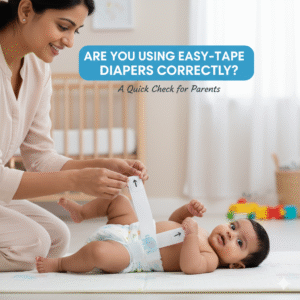
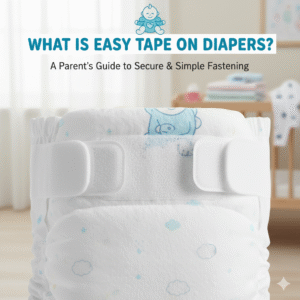
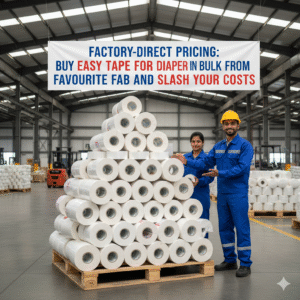
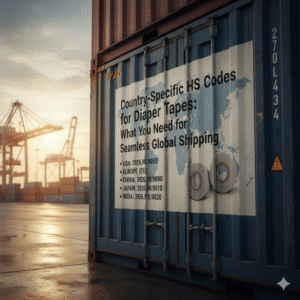
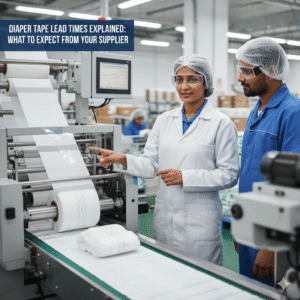
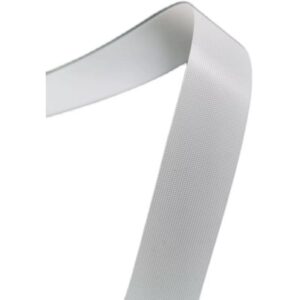
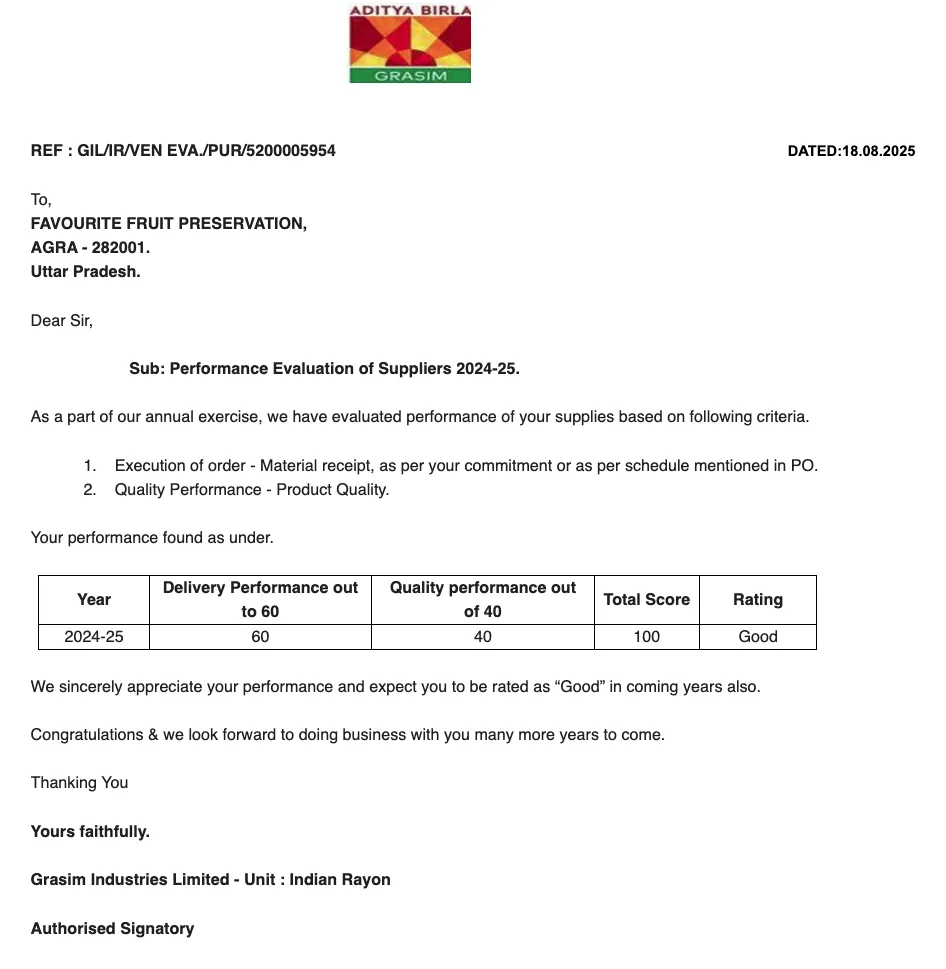




























We Do Business On Trust.Our Nonwoven fabric Business is Built on trust. Trust starts with Transparency.
Mr.Ramniwas Garg Founder Of Favourite Group